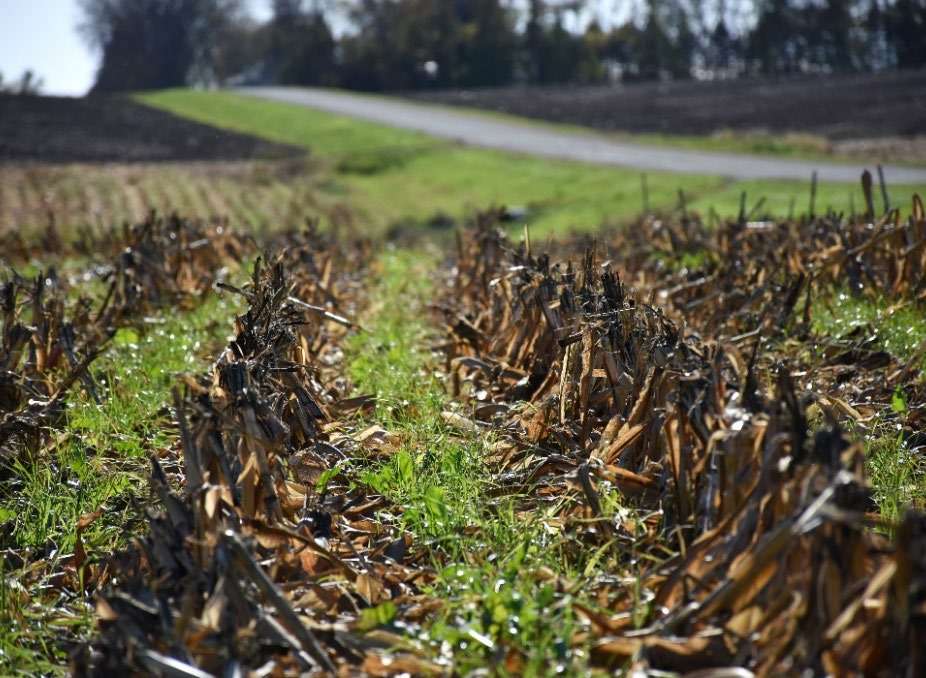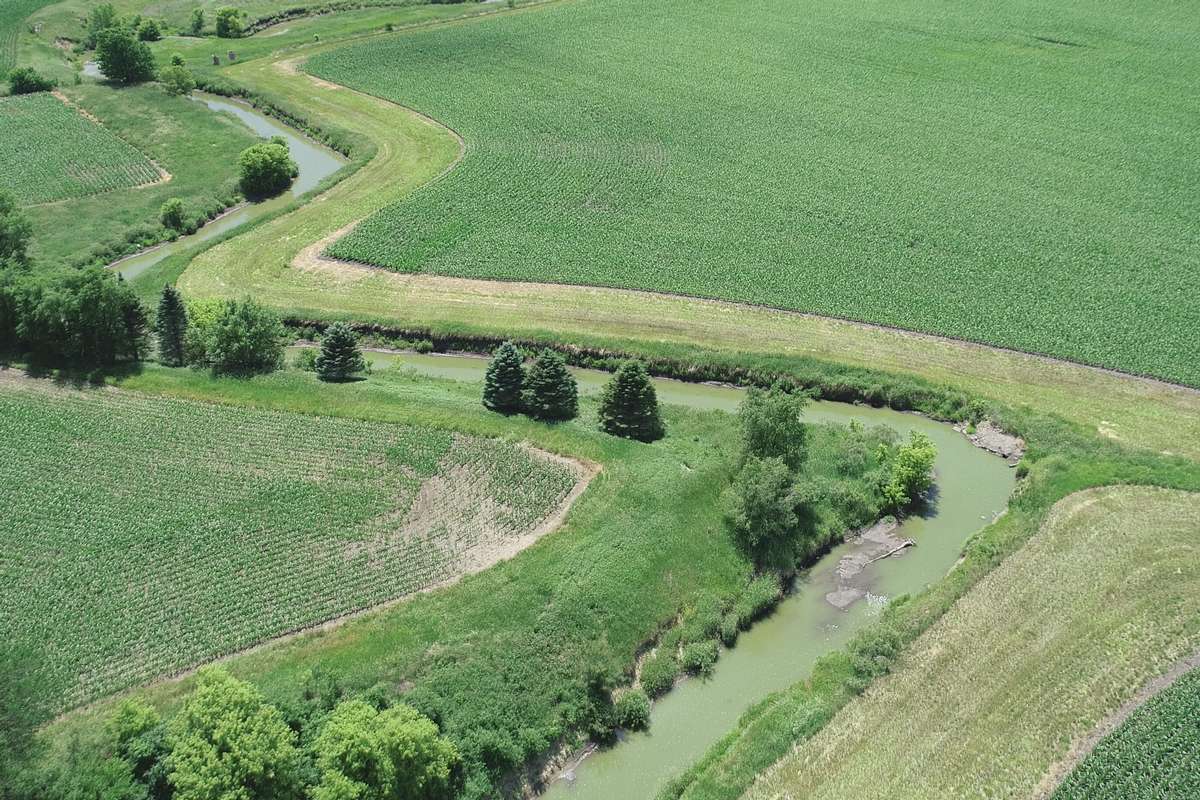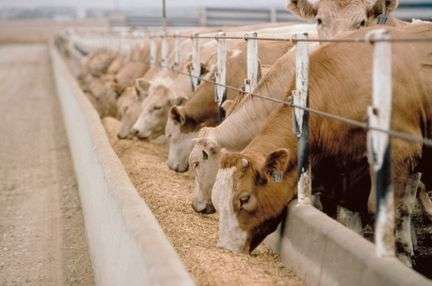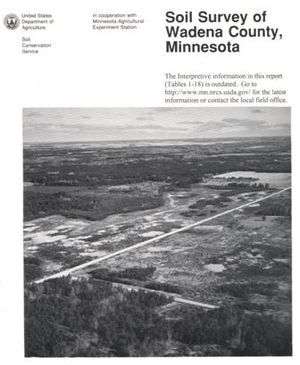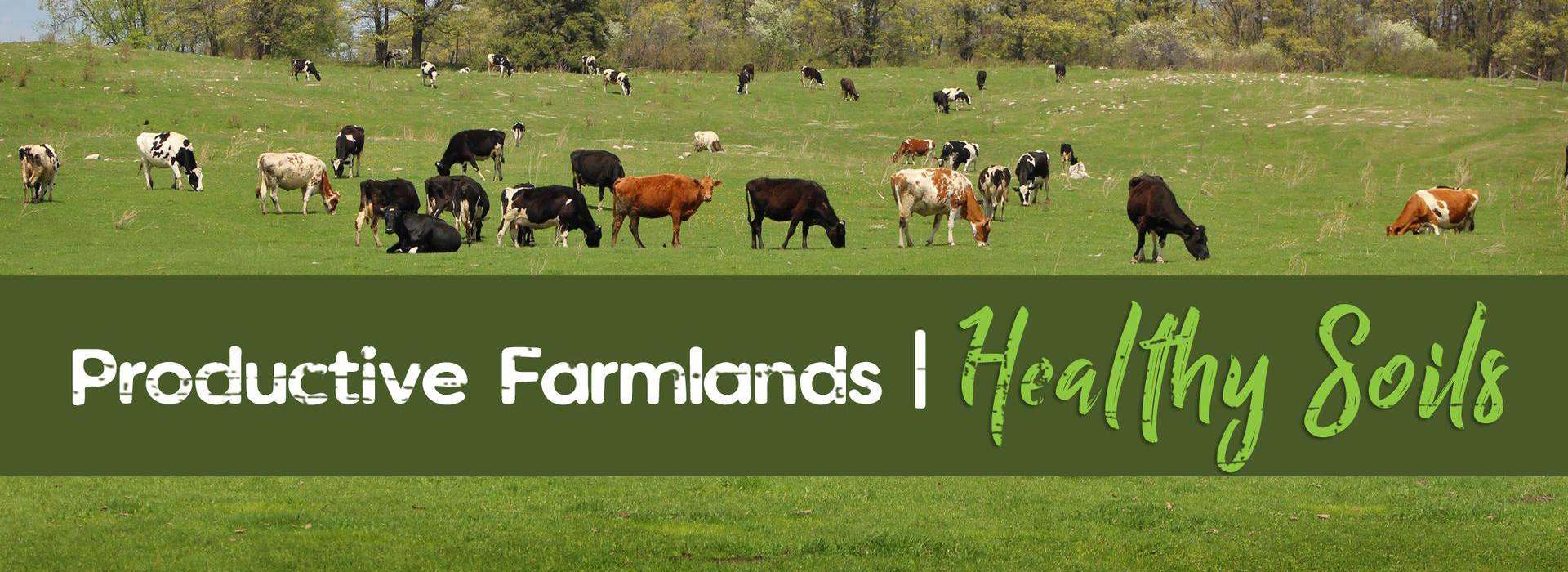
Agriculture
Advancing Markets for Producers
Funding Available for Minnesota Producers
Producers in eight Minnesota counties are eligible to receive $100 per acre or animal unit for integrating climate-smart agricultural practices into their farming operations. Climate-smart practices are those that sequester carbon, reduce greenhouse gas emissions, increase soil health, and improve water quality.
Ag BMP Program
The AgBMP program is a low interest loan program to encourage agricultural best management practices that prevent or reduce runoff from feedlots and farm fields and address other pollution problems. View the MN Dept of Ag brochure to find out more.
Ag Weed Inspecting Program
The Minnesota Department of Agriculture Noxious and Invasive Weed Program assists local governments and landowners with resources for managing noxious and invasive weeds throughout Minnesota. Strong partnerships exist between the MDA, County, and local government partners to enforce the Minnesota noxious weed law.
Per Minnesota State Statute section 18.83: all persons shall control or eradicate all noxious weeds on land they occupy or are required to maintain. Control or eradication may be accomplished by any lawful method, but the methods may need to be repeated in order to prevent the spread of viable noxious weed seeds and other propagating parts to other lands.
There are three levels of control:
- Eradication List: these species must be killed both above (foliage) and below (roots) ground. This is the highest level of control.
- Control List: these species must be controlled to prevent the maturation and spread of propagating parts (i.e. seeds and roots).
- Restricted List: these species may not be sold, intentionally transported, or planted in Minnesota.
Each county also has the ability to add species to these lists on a case-by-case basis.
To learn more, visit the MDA website or contact our office.
Minnesota Buffer Law
SWCDs are here to assist landowners with implementation of the water resource riparian protection requirements on public waters and public drainage systems.
Landowners owning property adjacent to a water body identified and mapped on a buffer protection map must maintain a buffer to protect the state's water resources as follows:
- For all public waters, the more restrictive of: (i) a 50-foot average width, 20-foot minimum width, continuous buffer of perennially rooted vegetation; or (ii) the state shoreland standards and criteria adopted by the commissioner under section 103F.211; and
- For public drainage systems established under chapter 103E, a 16.5-foot minimum width continuous buffer as provided in section 103E.021, subdivision 1. The buffer vegetation shall not impede future maintenance of the ditch.
Wadena County Buffer Monitoring Plan
Minnesota Buffer Law Website
Feedlots
The county feedlot program is a cooperative arrangement between the Minnesota Pollution Control Agency (MPCA) and county government to administer Minnesota's feedlot rule. This cooperative program is known as "county delegation" or the "county feedlot program."
County feedlot programs are responsible for the implementation of feedlot rules and regulations in 54 Minnesota counties. These responsibilities include:
- registration
- permitting
- inspections
- education and assistance
- complaint follow-up
Wadena County has 71 registered feedlots as of December 2023.
Wadena County Soil Survey
Uses of County Soil Surveys
“Soil scientists produce a county soil survey by observing the terrain, drainage patterns, native vegetative cover and the parent material from which the modern soils were formed. Soils are classified and named based on nationwide uniform procedures. Areas with similar soil characteristics, delineated on aerial photographs in modern county soil surveys, are called map units. Published soil surveys contain maps with various map units delineated on base maps, plus a variety of tables that show how various soils will respond to different land use applications.
The modern county soil survey is designed for basic land use and related natural resource planning and management. The survey contains descriptions of the physical and chemical properties of soils and interprets the capabilities and limitations of soils for agricultural, forestry and urban uses. Agricultural land uses have been a traditional focus of soil survey applications. Soil surveys also are being used for diverse applications, such as community planning of residential and commercial development, transportation, recreation, open space and natural areas, and in dealing with land use conversions. Modern county soil surveys, however, are not intended for site-specific land-use determinations, such as the siting or approval of individual septic systems. Finding suitable sites for such land uses usually requires on-site investigation of soil characteristics by a professional soil scientist.”
A Brief History and Uses of County Soil Surveys in Minnesota
https://www.mngeo.state.mn.us/chouse/soil_history.html
